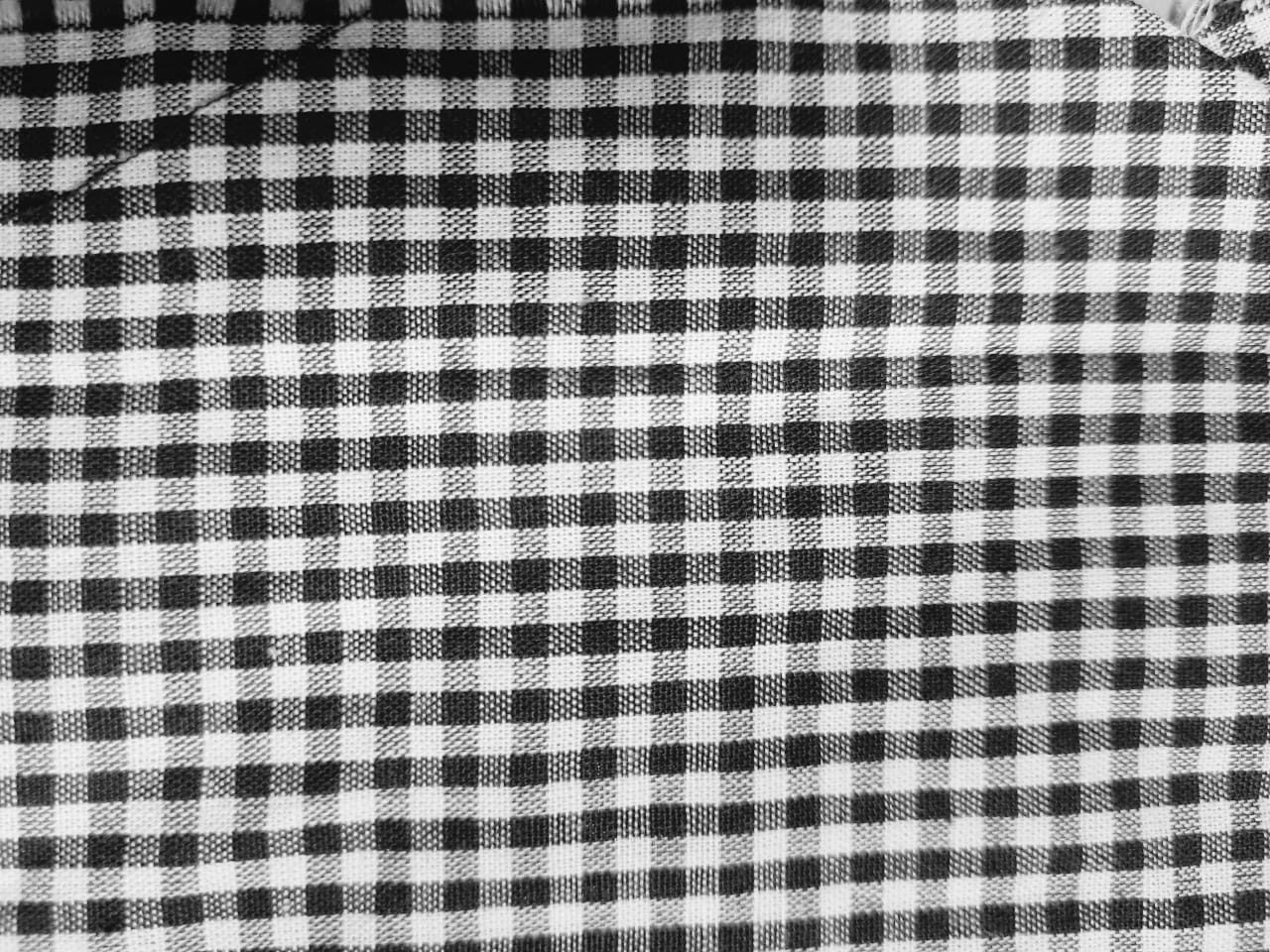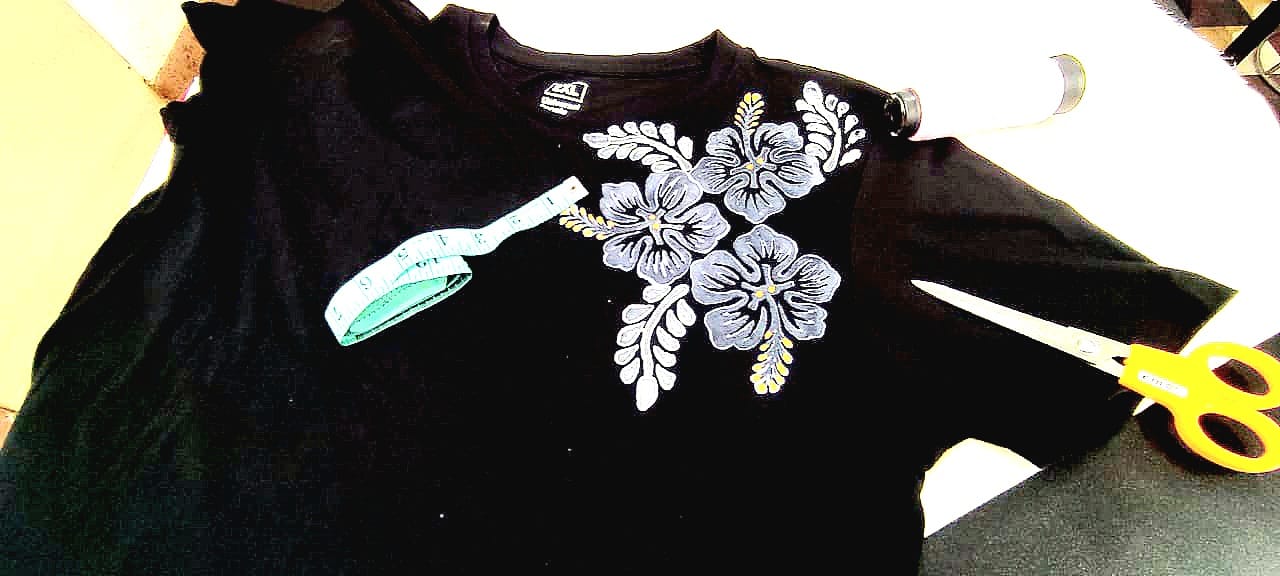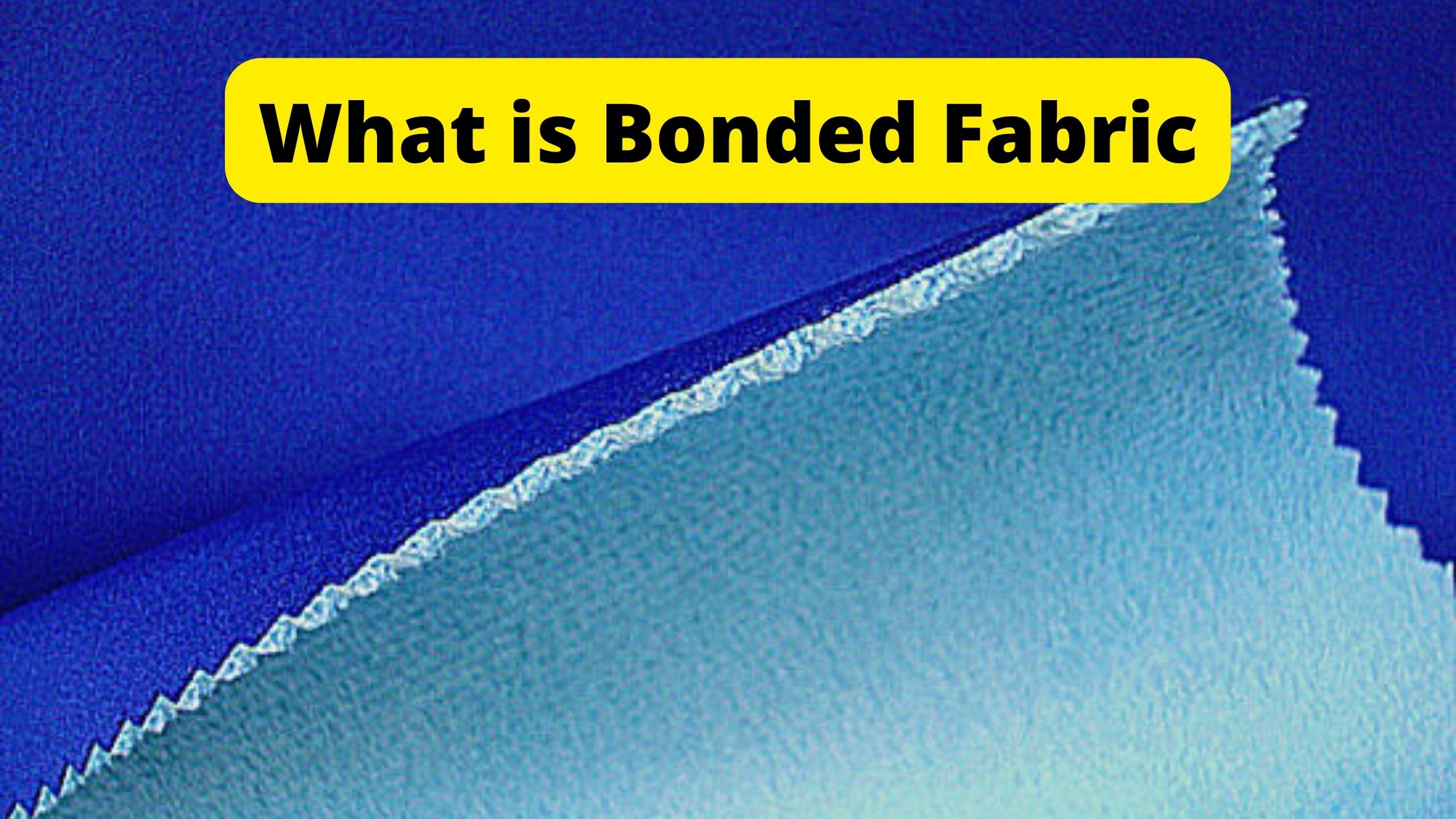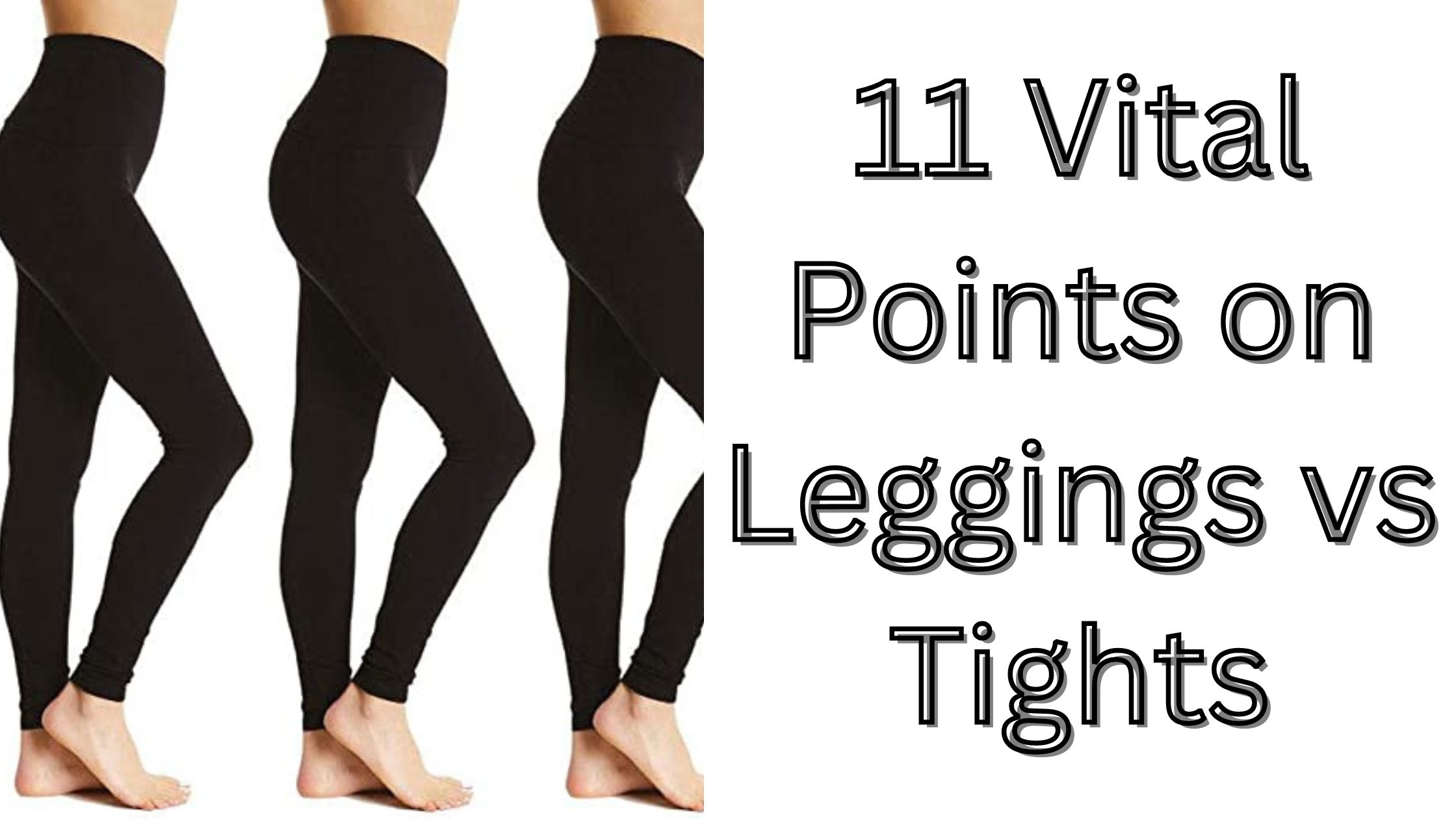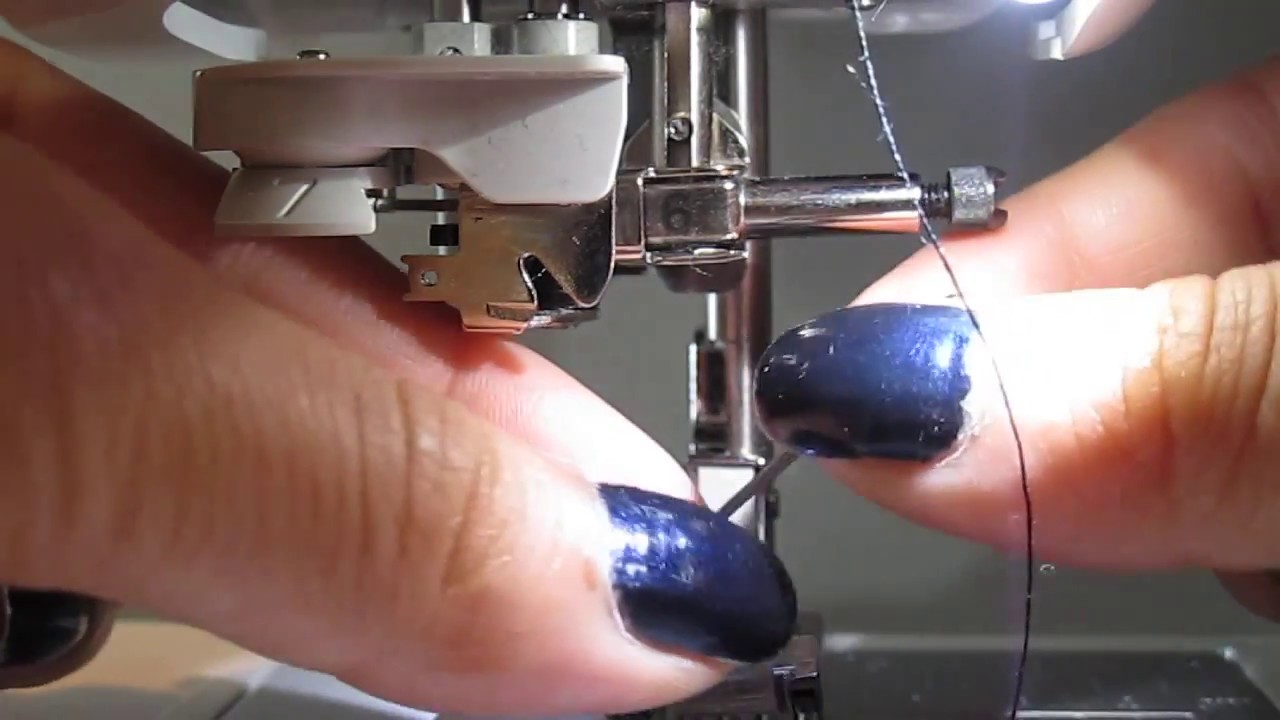How to Create Perfect Sewing Patterns: A Step-by-Step Guide.
To make sewing patterns, start by taking accurate body measurements and drawing basic shapes on paper or using pattern-making software. Then add details and markings, and cut out the pattern on muslin for testing. Finally, refine and adjust the pattern as needed before cutting fabric. Sewing is not only a fun and creative hobby, but … Read more

